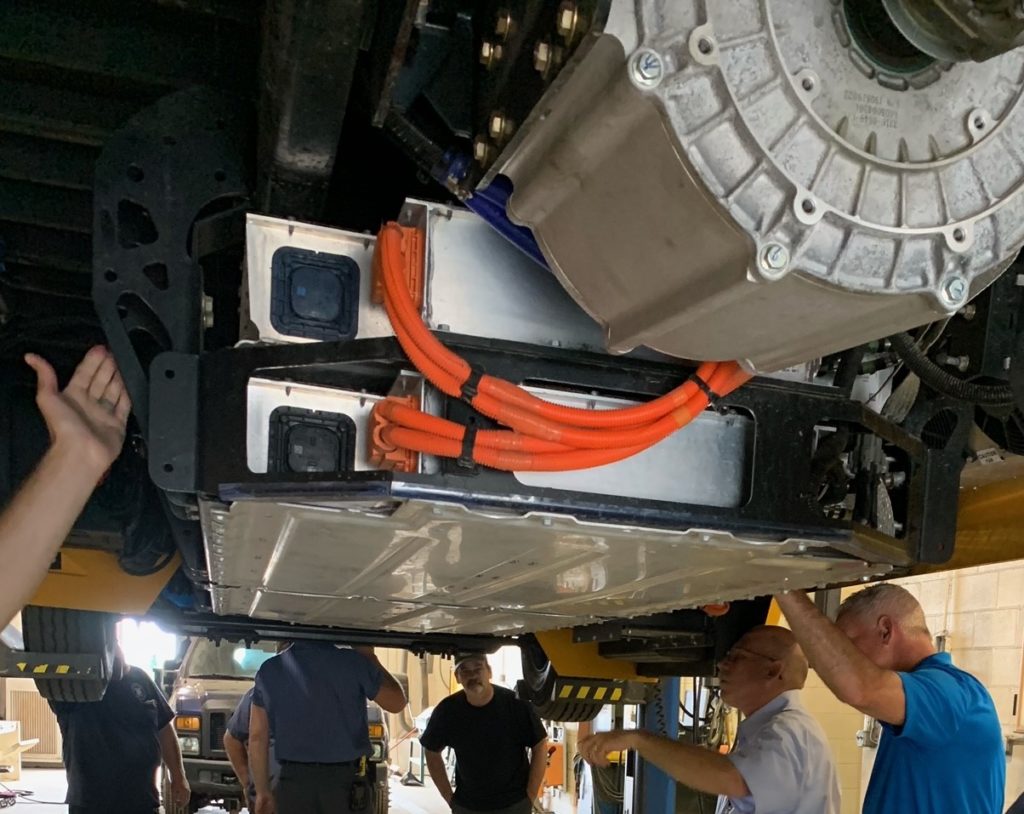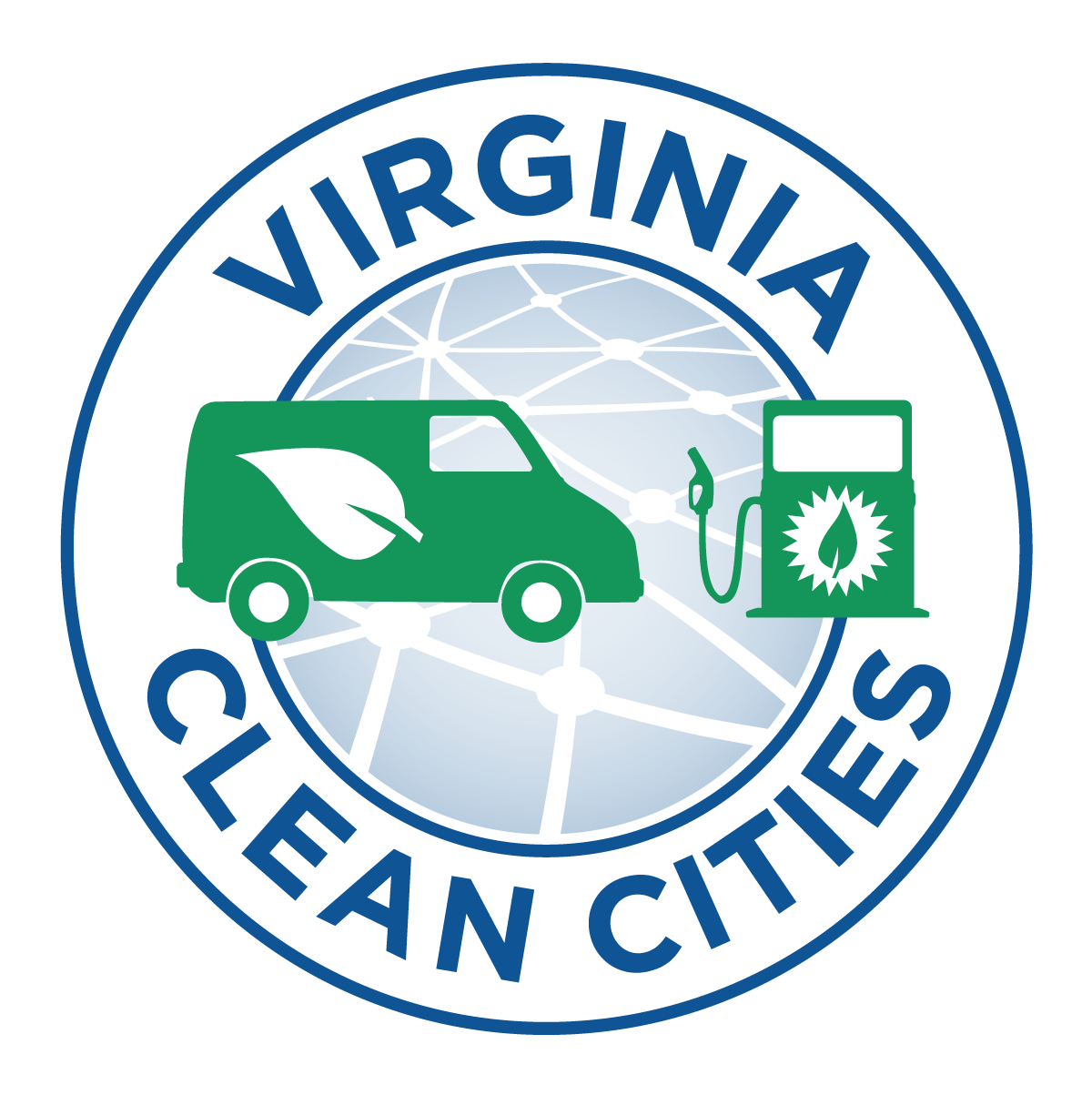Authored by VEIC and Virginia Clean Cities

Are you considering adding one or more electric school buses (ESBs) to your fleet? Have you heard of Virginia DEQ’s Clean School Bus Program and are thinking about applying for either this round (due June 25th) or the second round this fall? Here’s a quick overview of the electric buses on the market and the types of routes for which they’re best suited.
The Buses
All major school bus manufacturers now offer ESBs, including Blue Bird/Micro Bird, Thomas Built, IC Bus, Collins, Trans Tech and Starcraft, as well as relative school bus newcomers like Lion and BYD. Mirroring the school bus industry as a whole, electric Type C models are the most prevalent with the greatest number of options from manufacturers, although multiple electric Type A’s and Type D’s are also available.
Depending on the size of the bus, battery packs can range in size from 90 kilowatt-hours (kWh) to over 300kWh, with many manufacturers offering multiple battery pack size options for each bus type to meet the driving range requirements of a given fleet. Driving ranges under standard operating conditions (65 degrees and relatively flat terrain) typically start at 100 miles, with 150 miles or even 200+ mile ranges available with larger battery packs.

While electric school buses cost less to operate than diesel or propane buses (due to lower fuel and maintenance costs), the purchase prices of electric buses are still three to four times higher than conventional buses and vary largely due to battery pack size and other options. Type A electric school buses are likely to fall in the $225,000-$300,000 range, with Type C electric school buses ranging from $300,000-$400,000. Type D buses are typically priced similarly to Type C’s, though often with a $10,000 price premium. At present, there are no electric school bus options available under the Virginia DGS statewide cooperative procurement school bus contract.
For a detailed comparison of specs for many recent Type A, C and D electric buses, check out VEIC’s electric school bus fact sheet.
Route Planning

Nationally, the average driving distance per shift for a typical school bus is about 32 miles, for a total of about 73 miles (and 5 hours of driving) per day (NREL). ESBs currently on the market are all more than capable of serving most school districts’ short to medium-length routes.
Electric bus range is most impacted by air temperature. Energy needed to heat or cool the cabin (and keep the battery at optimal temperature) is drawn from the battery, which reduces overall driving range. During warm summer months in moderate climates, nominal range can decrease by 15% due to cooling needs. During cold winter months, nominal range can decrease by 30% to as much as 50% on the very coldest (sub-zero) days. Many electric buses can be equipped with optional fuel-fired auxiliary heaters to mitigate most of this range decrease, but these heaters can release emissions in the bus cabin.
Additionally, drivers typically feel most comfortable ending their routes with at least 15-20 miles of range remaining, which provides an ample buffer for any unexpected issues.
For fleets new to electric school buses, focusing on your shortest, most predicable routes first is often the best way to begin successfully integrating ESBs into your service. For example, a route that is 30 miles or less could be easily covered by a bus with a standard range of 100 miles – even after accounting for worst-case scenario winter range reductions and plenty of buffer for your drivers. And for many routes that end by midmorning and don’t restart until early afternoon, there will be opportunities to recharge the bus midday between shifts and extend the total distance they can cover in a day.
Because larger battery packs add significantly to the cost of ESBs, focusing on shorter routes will allow you to deploy less expensive (and more cost-effective) buses with smaller battery packs.
Curious about electric school bus charging stations and where to install them at your parking facilities? We’ll dive into this in our next blog post! In the meantime, check out VEIC’s Electric School Bus Resources for detailed guidance on how to plan your first electric school bus deployment.
